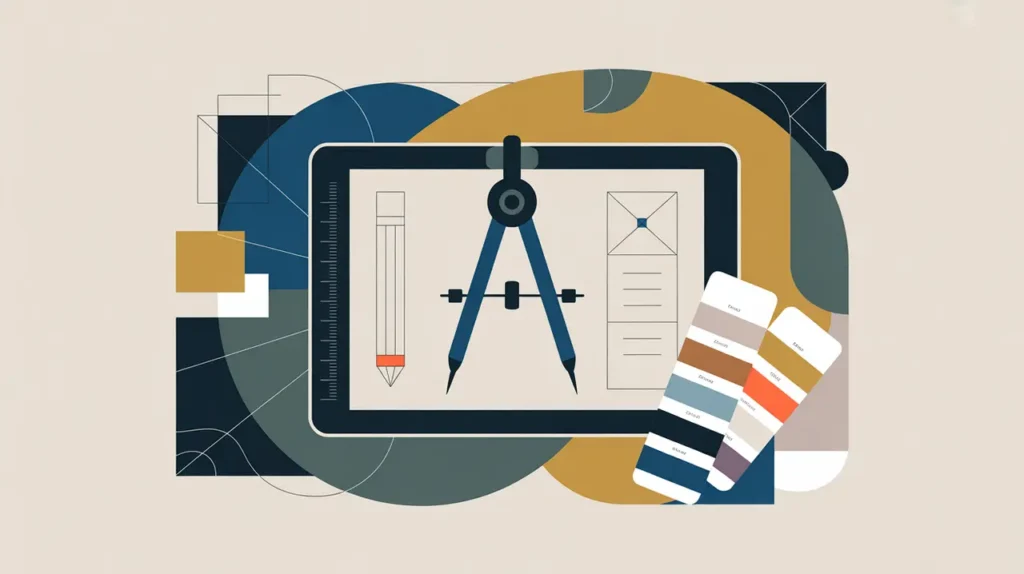Importance of Media Production
Media production is central to how societies create, share, and consume information, culture, and stories. In international development, it plays a critical role in shaping public opinion, amplifying marginalized voices, and fostering civic participation. For nonprofits and social innovators, media production matters because it enables advocacy, education, and awareness-raising at scale. Its importance lies in connecting people through narratives that inform, inspire, and mobilize action.
Definition and Features
Media production refers to the creation and distribution of content across platforms such as television, film, radio, print, and digital media. Its defining features include:
- Content Creation: development of news, entertainment, educational, or advocacy materials.
- Formats and Platforms: spanning video, audio, photography, print, and online publishing.
- Audience Engagement: targeting and reaching diverse groups through tailored content.
- Cultural and Social Impact: shaping norms, values, and public discourse.
How this Works in Practice
In practice, media production ranges from community radio programs to global film industries and digital streaming platforms. For example, nonprofits may produce documentaries to raise awareness on climate change, while social enterprises create digital platforms for local storytelling. International donors often fund media programs to promote democracy, health education, or peacebuilding. Challenges include unequal access to production resources, censorship, misinformation, and concentration of media ownership.
Implications for Social Innovation
Media production has significant implications for social innovation because it influences how ideas spread and how communities see themselves. Innovations such as mobile storytelling apps, low-cost video production, and participatory media projects expand access and representation. For proximate actors, creating and sharing media strengthens voice, agency, and visibility. Media production is essential for shaping narratives and advancing inclusive development.







